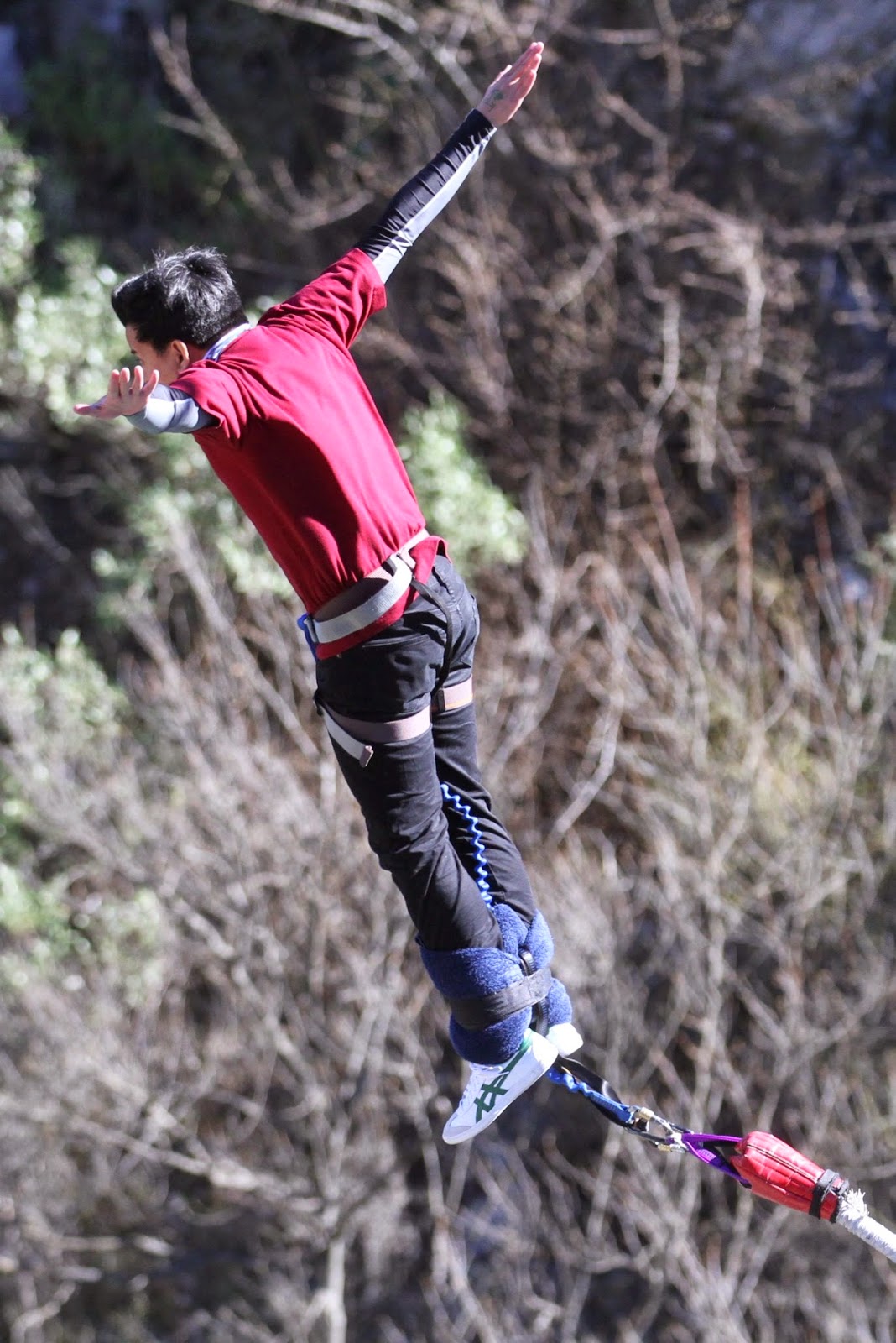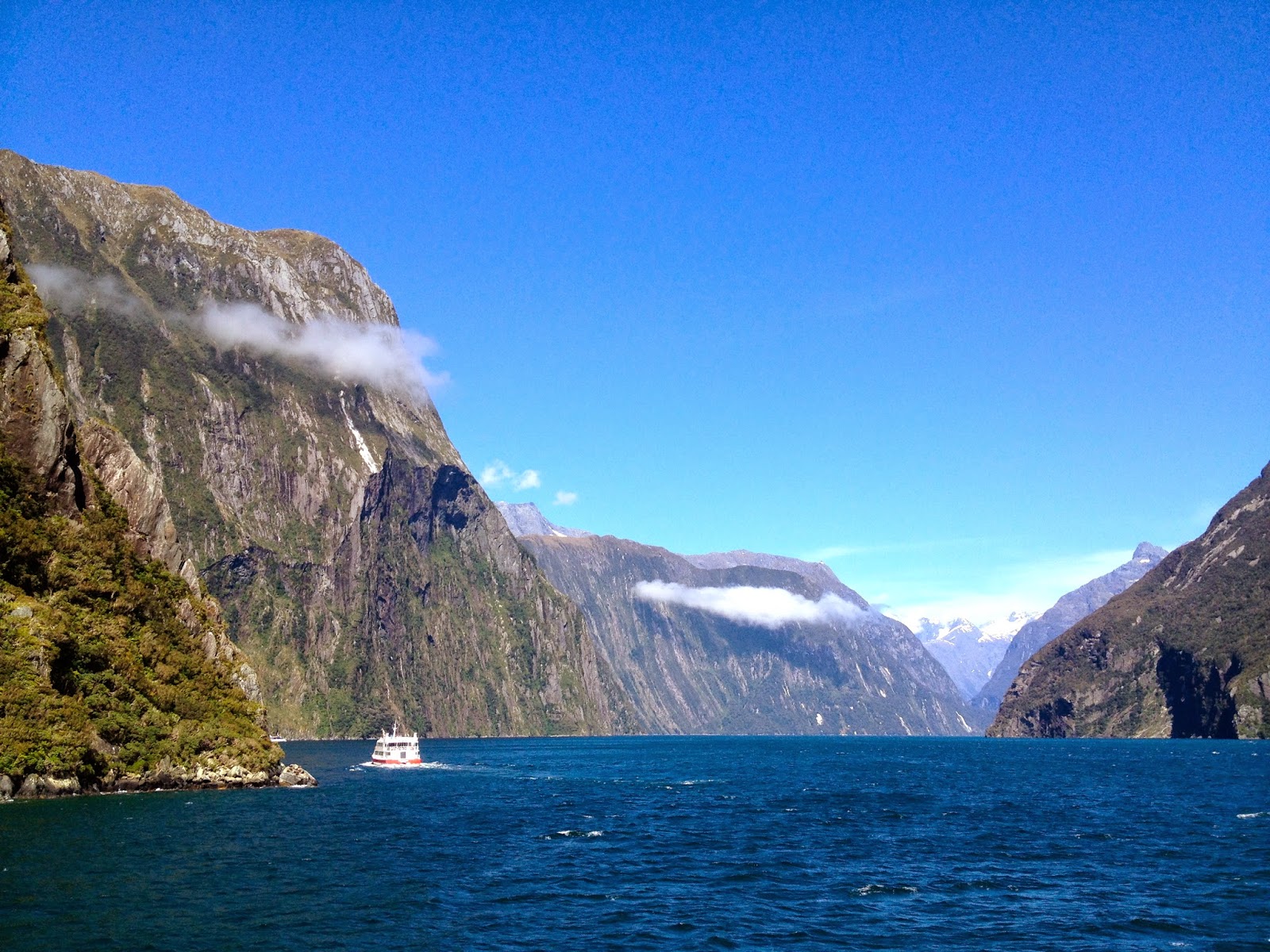Having a legal and legislative background, I was lucky enough to get an internship with a member of parliament here in New Zealand as part of my masters. I interned at an electorate office (a legislative district office if in the Philippines) in Auckland from July to October
2014. In the three months that I worked there I learned a lot about
constituent relations, legislative work, and general political life in New
Zealand. I count myself extra lucky because I did my internship on an
election year. Over all, my experience was eye opening,
enriching, and educational.
The electorate office I worked for had a regular staff of two electorate agents. On my
first day, we were the only ones in the office. There were no visitors. And
this was my first observation on the difference between Philippine and New
Zealand political life. Back home, a legislative district office of a congressman would be
full of local politicians and constituents as soon as the office opens. Town councilors and community leaders would ask for political favors such as a
government post for a friend or relative, while residents would ask for
financial assistance to pay for hospital bills, burial expenses or both. As a former local legislator myself, I could not concentrate on my law making duties
because of these office visits and favors. So it was refreshing to see a quiet
electorate office absent these distractions. I learned that MPs in New Zealand
accede to more reasonable and relevant requests such as making private queries
and raising matters in parliament. I found out that MPs rarely provide
financial assistance to their constituents. NZ electorate office services, I
learned, were limited to letter writing on behalf of constituents for tax
problems, welfare benefit issues, and ministry of immigration, health and
education concerns. And these are exactly the kind of things the electorate office staff had me work on while I was there. I researched and drafted memos on issues concerning employment, fishing quotas, legal aid debt, and the
child support, to name a few.
I also observed that
an MP’s electorate office is sparse and simple compared to the ones back home. The two regular staff had their own desks, and there was another room with a meeting
table. That was it. The MP didn’t even have a desk of his own. In the
Philippines, the congressman would have a separate waiting area for visitors
alone, and in addition, his private room. At the electorate office, since they didn’t
have a desk for me, I worked by the meeting table. When the MP was present, I
would work at the stock room beside the office.
On slow days, like
when there were no visitors and the MP was out of town, I’d ask the two regular staff more
about parliament work and life in New Zealand. I had an idea of the MMP (Mixed Member Proportional) system. We also have
party-list members in the Philippines. But I learned that one major
difference is that MMP rules permit a defeated candidate in the electorate vote
to still get a seat in parliament under the party-list system. This is not
allowed in the Philippines. A district candidate cannot cross over to the
party-list.
As I earlier noted,
the internship also exposed me to New Zealand’s national elections. And it was
such an eye opener. I found campaigning to be very laid back. There were a few
campaign materials posted and I saw just a few campaign volunteers. May be it
was laid back because my MP had held his seat for almost thirty years. But I
noticed the same for other candidates. I think this is good as campaign
expenses are kept low.
Like I wrote at the
beginning of this essay, I learned a lot from the internship. It was eye
opening, enriching and educational. The work experience exposed me to a mature
and professional parliamentary office environment that will serve as an
inspiration when I go back home.
NB: Due to a confidentiality clause in my internship contract I am unable to share the details of the MP I worked for.


























































